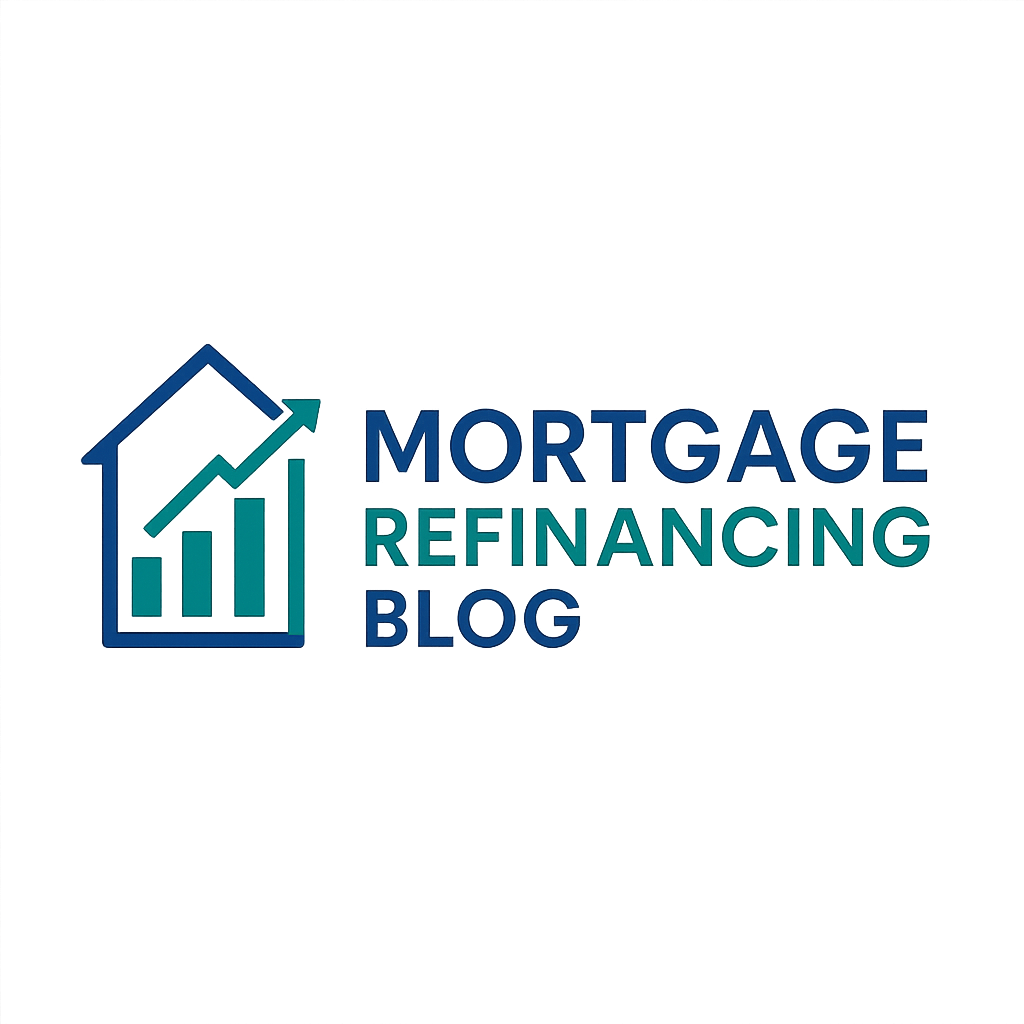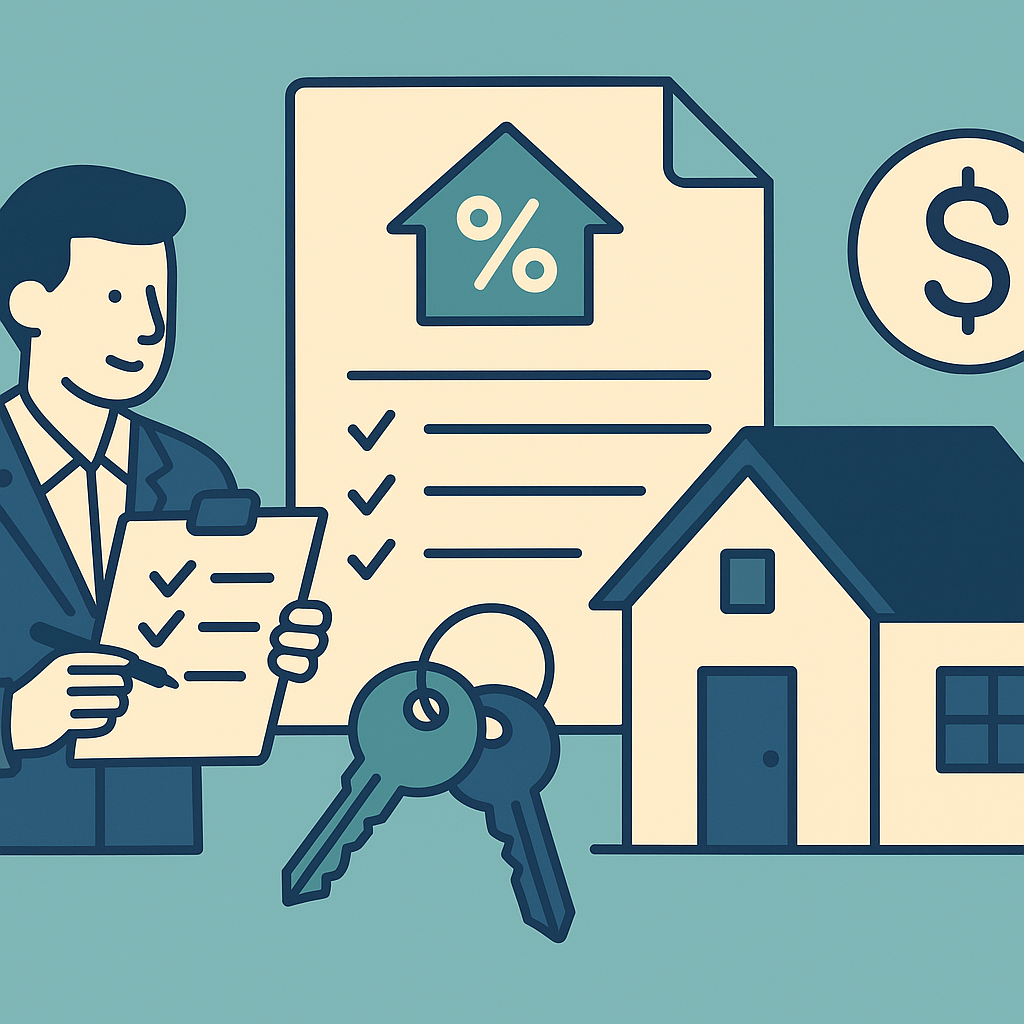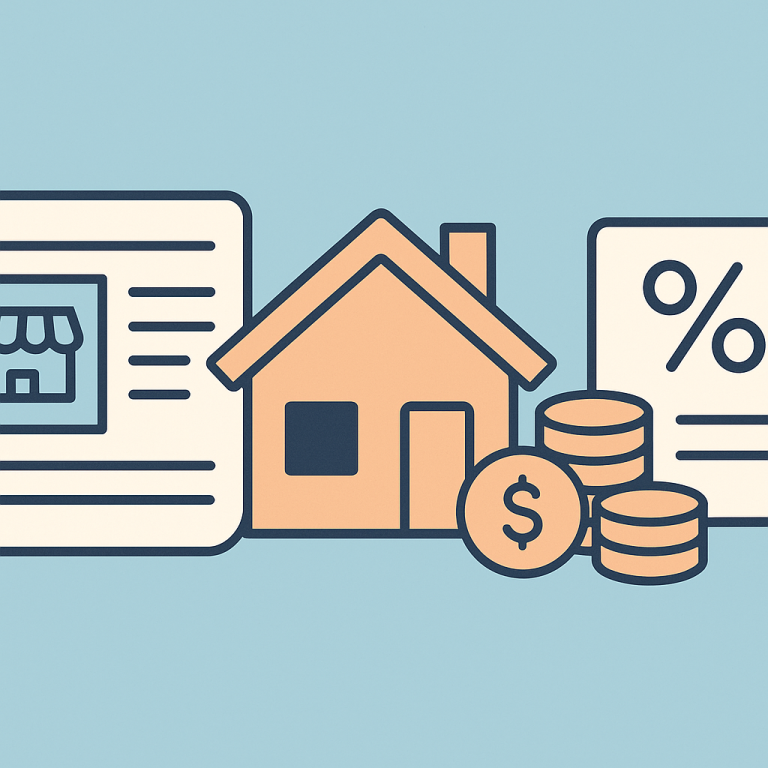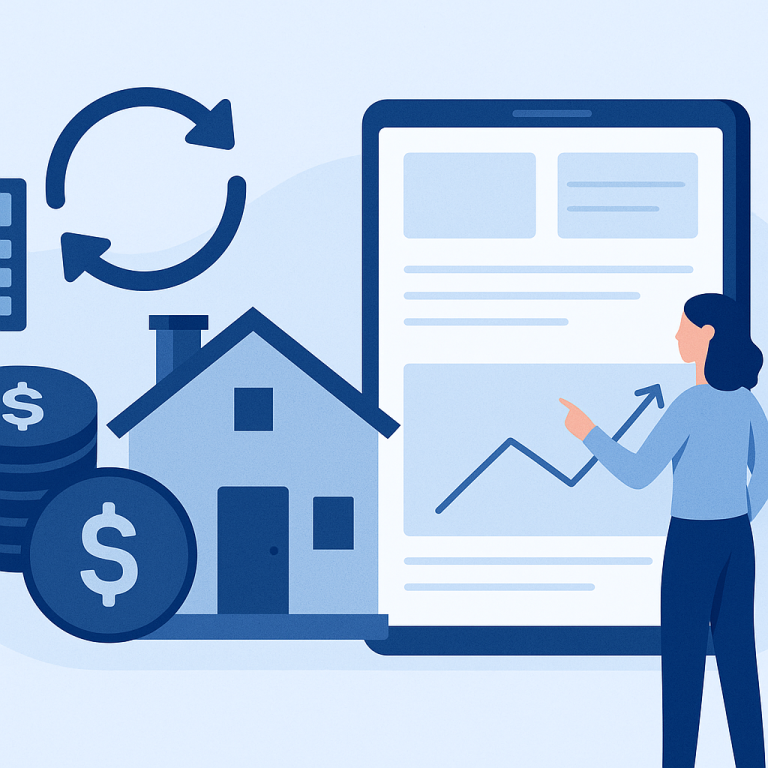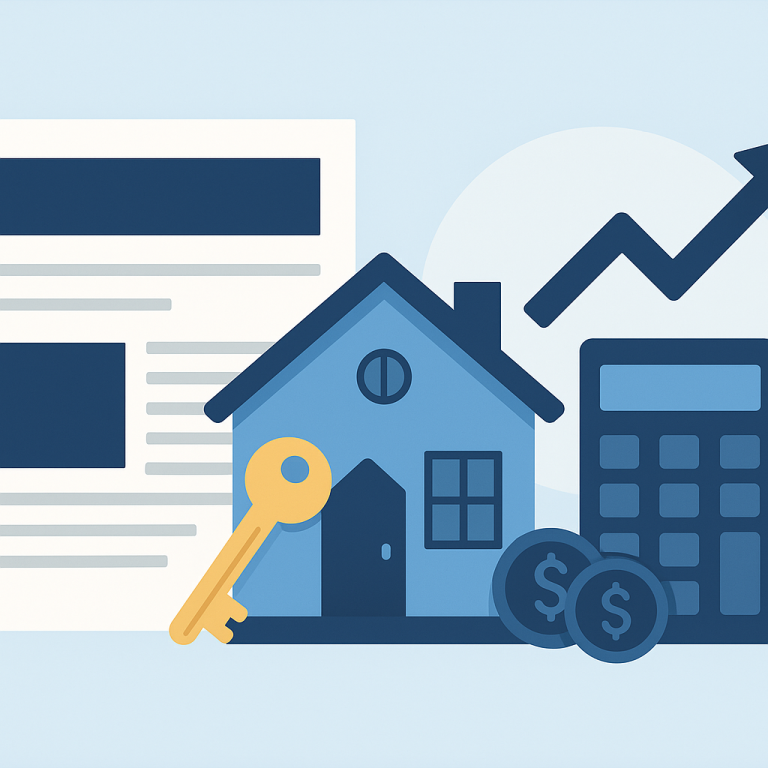Refinance guide DSCR refinance for rental properties explained
What is a DSCR refinance and when it makes sense
DSCR stands for Debt-Service Coverage Ratio. A DSCR refinance evaluates a rental property’s ability to cover its mortgage payments from the income it produces. The ratio is calculated as Net Operating Income (NOI) divided by annual debt service (NOI / Debt Service). Lenders use DSCR to determine creditworthiness for investment-property loans when personal income documentation is limited or secondary to property performance.
A DSCR refinance makes sense when the property’s rental income comfortably covers mortgage payments, when the investor’s personal income isn’t easily documented (self-employed or multiple income streams), or when you want to refinance multiple rentals quickly based mainly on property cash flow rather than borrower income. It’s also useful for cash-out refis, rate-and-term refinancing, or converting to an interest-only payment to improve monthly cash flow.
Benefits and drawbacks
Benefits
- Property-focused underwriting — lenders emphasize rent and expenses rather than personal income verification.
- Good option for self-employed or investors with complex tax returns who struggle to qualify on conventional debt-to-income rules.
- Can be faster to approve with lenders that specialize in DSCR loans and use streamlined documentation.
- May allow portfolio expansion: investors can refinance based on rental cash flow to free capital or adjust terms.
Drawbacks
- Interest rates and fees tend to be higher than primary residence loans and sometimes higher than standard investment-property refis.
- Lenders often require conservative DSCR minimums (commonly 1.0–1.25) and may limit loan-to-value (LTV) or require reserves.
- Underwriting may use discounted “market rents” or apply vacancy factors, reducing the income considered.
- Fewer product options (limited amortizations, prepayment penalties, or balloon features) compared with conventional loans.
Costs and fees
A DSCR refinance carries many of the same closing costs as other mortgages plus some investor-specific fees:
- Origination fee or lender points (often 0.5–2% of loan amount).
- Appraisal fee for investment properties (typically higher than for a primary residence).
- Underwriting, processing, and credit report fees.
- Title insurance, escrow/closing fees, recording fees.
- Inspection or rent-roll verification fees if the lender verifies actual leases.
- Prepayment penalties or yield maintenance (on some loans) if the loan has a fixed-rate with penalties.
- Mortgage insurance is uncommon for non-owner-occupied loans but could apply in rare cases with high LTVs.
Also budget for reserves: lenders may require several months of mortgage payments or property reserves in an escrow account after closing.
Step-by-step process
- Gather documentation: rental income documentation (leases, rent rolls, bank statements showing rent deposits), property expenses (insurance, taxes, HOA, utilities paid by owner), and your credit history. Though DSCR focuses on property income, lenders still check borrower credit.
- Calculate NOI and DSCR: NOI = gross scheduled rents minus operating expenses (exclude mortgage payments). DSCR = NOI ÷ annual debt service (principal + interest). Aim for lender minimums; many require DSCR ≥ 1.0–1.25.
- Shop lenders: Compare specialized DSCR lenders, banks, and mortgage brokers. Ask about how they underwrite rents (actual vs. market rents), DSCR minimum, LTV limits, reserves, and product options.
- Get pre-approval and lock a rate: submit initial application, provide documents, and obtain a pre-approval letter that states the DSCR assumptions used.
- Order appraisal and verifications: lender orders an appraisal and verifies leases, rent rolls, and property condition. They may apply vacancy or market-rent adjustments.
- Underwriting and clear-to-close: underwriter reviews the file, may request additional documentation, and issues clear-to-close once conditions are met.
- Close: sign documents, pay closing costs, and fund the loan. Make sure you receive final loan terms and understand payment schedule, amortization, and any penalties.
Common pitfalls to avoid
- Overstating rental income — lenders verify rents; inflated figures can lead to denial or rescission after closing.
- Ignoring operating expenses and cap ex — underestimating repairs or maintenance reduces NOI and your true cash flow.
- Not confirming lender rent methodology — some lenders use current leases, others use market rents or apply vacancy multipliers. Know which is used.
- Assuming DSCR alone guarantees approval — lenders still review credit, reserves, property condition, and title issues.
- Missing prepayment penalties or balloon features — these can limit future flexibility and increase refinancing costs.
- Choosing interest-only without planning for principal repayment — it improves short-term cash flow but increases future payment risk and may reduce borrower equity over time.
Short FAQ
What DSCR do lenders typically require?
Most DSCR refinance programs require a minimum between 1.0 and 1.25. Single-family investor loans sometimes accept exactly 1.0 (income covers debt), while multi-family or more conservative lenders often want 1.2–1.25+ to allow a buffer.
How is Net Operating Income (NOI) calculated?
NOI = Gross rental income (scheduled rent) + other property income (parking, laundry) − operating expenses (property taxes, insurance, maintenance, HOA, utilities paid by owner). Mortgage payments and income taxes are excluded.
Can I use projected or market rents if the unit is vacant?
Some lenders will accept market rents based on appraisal or comparable market analysis, but they often apply vacancy or discount factors. Expect more scrutiny and possibly a lower effective income than your projection.
Will a DSCR refinance affect my personal credit?
Yes — lenders pull personal credit reports and may perform hard inquiries. Payment history on the new loan will also impact your credit record. DSCR loans focus on property income but still rely on borrower creditworthiness.
A DSCR refinance can be a powerful tool for rental-property investors when used correctly: it aligns underwriting with rental cash flow, helps investors who can’t document income traditionally, and can enable cash-out or improved terms. Before proceeding, run careful NOI and DSCR calculations, compare lenders’ methods, and factor in fees, reserves, and the long-term payment structure to avoid surprises.
META: DSCR refinance, debt-service coverage ratio, rental property refinance, NOI, investor loan, refinance steps, costs, pitfalls, FAQ
